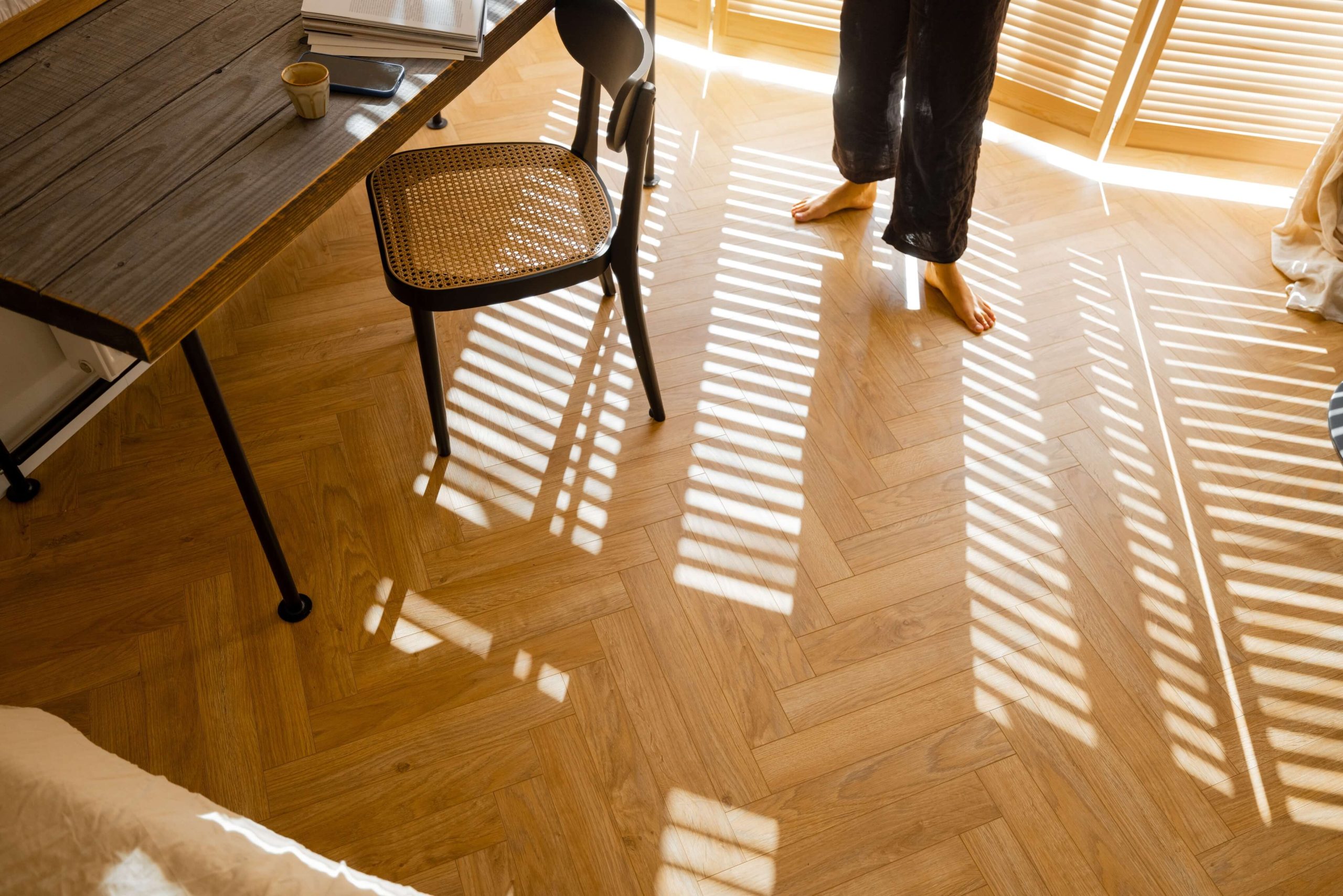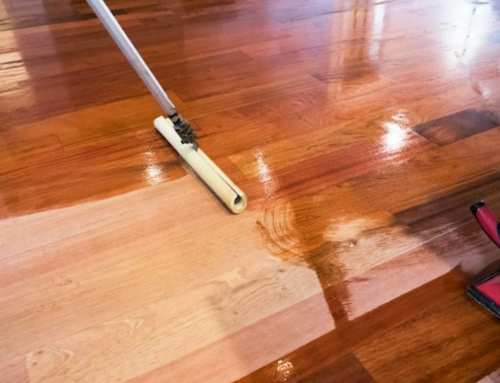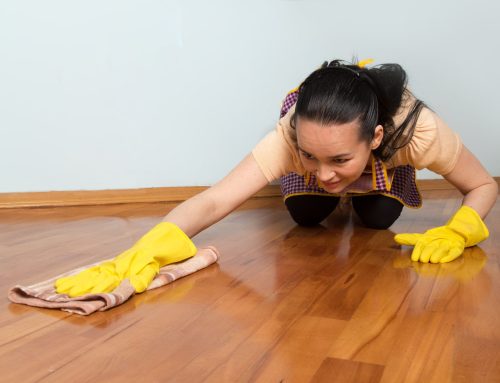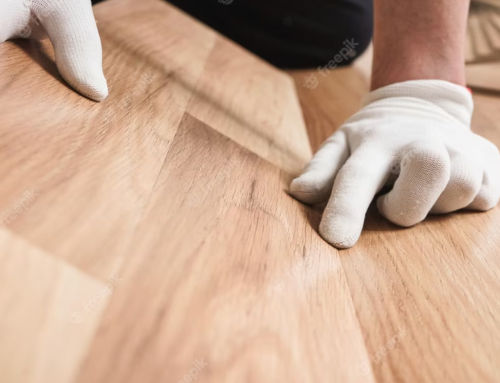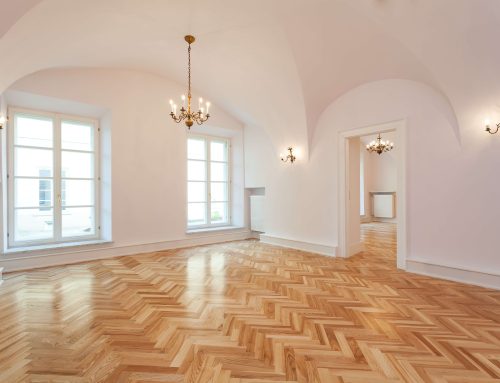If you’ve ever pulled up an old carpet in a Manchester home, there’s a fair chance you’ve found a parquet floor underneath. Most people pause for a moment when they see it those tiny blocks of wood, laid out in neat herringbone or chevron lines, hidden for years. Some are scratched and faded, but most still have life left in them. Restoring them isn’t just about sanding and polishing. It’s about bringing a part of the home’s history back into view.
A Manchester Favourite That Never Really Went Away
All over the city, you’ll find parquet. From the big bay-windowed houses in Didsbury to smaller terraces around Fallowfield and the old mills turned apartments near Ancoats, the pattern is the same solid timber laid by hand decades ago.
Back then, parquet was a sign of craftsmanship. It gave homes warmth and made even simple rooms look special. Many floors were covered up over the years but, people are starting to uncover them again. When the blocks are restored, that golden glow of wood looks better than any modern laminate.
How a Proper Restoration Works
Every floor tells its own story. Some have gaps where blocks have worked loose. Others have dark rings from old plant pots or furniture legs. The first step is always a close look to see what needs fixing.
Loose or damaged pieces are lifted and replaced with blocks that match in size and grain. Sometimes that means tracking down reclaimed wood from another old property, it’s worth it for the match. Once the repairs are done, the sanding begins.
Modern, dust-free machines take off the tired top layer without filling the house with debris. Then the small gaps are filled with a fine mix of resin and dust from the same floor so, the colour stays true. After that, a finish goes on some people choose a soft oil for a natural look, others prefer a hard-wearing lacquer with more shine.
By the time it’s done, the floor feels smooth underfoot again. The patterns stand out, and the wood looks alive.
Why Keep the Old Instead of Replacing It
Plenty of people think about ripping the floor out when they first see its condition. But the truth is, it rarely needs replacing. These old blocks were made from hardwoods that don’t give up easily. Restoring what’s already there costs less, keeps the home’s original style and avoids waste. It’s also better for the environment no new timber, no landfill. And when you walk across a restored floor, it has a depth and warmth that brand-new wood can’t quite match. It’s one of those projects where doing the right thing happens to look the best too.
Cleaner, Quicker, Easier
A lot of Manchester homeowners still imagine floor sanding means dust everywhere and days of chaos. Not anymore. The modern systems we use pull dust straight into the machine, so you can still live in the house while the work’s being done. Most rooms are finished within a couple of days. Once the final coat has dried, you can move furniture back in and start enjoying the space again.
The Manchester Look
There’s a growing pride in the city’s older homes. People want to keep the bits that make them unique fireplaces, mouldings, and those wooden floors. You see it in the restored houses around Chorlton, the flats near Castlefield and the family homes in Sale and Hale. Instead of replacing character with something generic, they’re choosing to repair and restore. It fits Manchester’s spirit keeping what’s real, just making it better.
Keeping It Looking Good
Once a parquet floor has been restored, looking after it is simple. A quick sweep or vacuum stops grit scratching the surface. Mop lightly with a damp cloth and a gentle cleaner. Avoid soaking it. Every few years, it’s worth adding another coat of oil or lacquer to keep the protection strong. Do that and it’ll last for decades again.
Choosing the Right People
This isn’t a job for guesswork. Parquet needs patience and the right tools. A general builder or decorator might have a go but, the results won’t last. A team that knows parquet can repair loose sections without disturbing the rest, match old timber properly and sand evenly across patterns. When the finish goes on, the difference shows smooth, even colour and no patchy shine. That’s why it helps to deal with a local company. You can talk through the options, get clear advice, and see past examples of their work.
Manchester Craft, Done Right
At Natural Flooring Solutions, we’ve restored parquet floors in homes and commercial spaces right across Greater Manchester. Every job is different one week it’s a Victorian hallway in Didsbury, the next it’s a full flat refurbishment near Deansgate.
We treat each floor with the same care it was laid with years ago. The aim isn’t to make it look brand new, but to bring out the best of what’s already there. If you’re thinking of uncovering your old wood floors, take a look at our expert parquet floor restoration services in Manchester. We’ll help you work out what can be saved, what needs fixing and how to get the finish you want without the mess.

